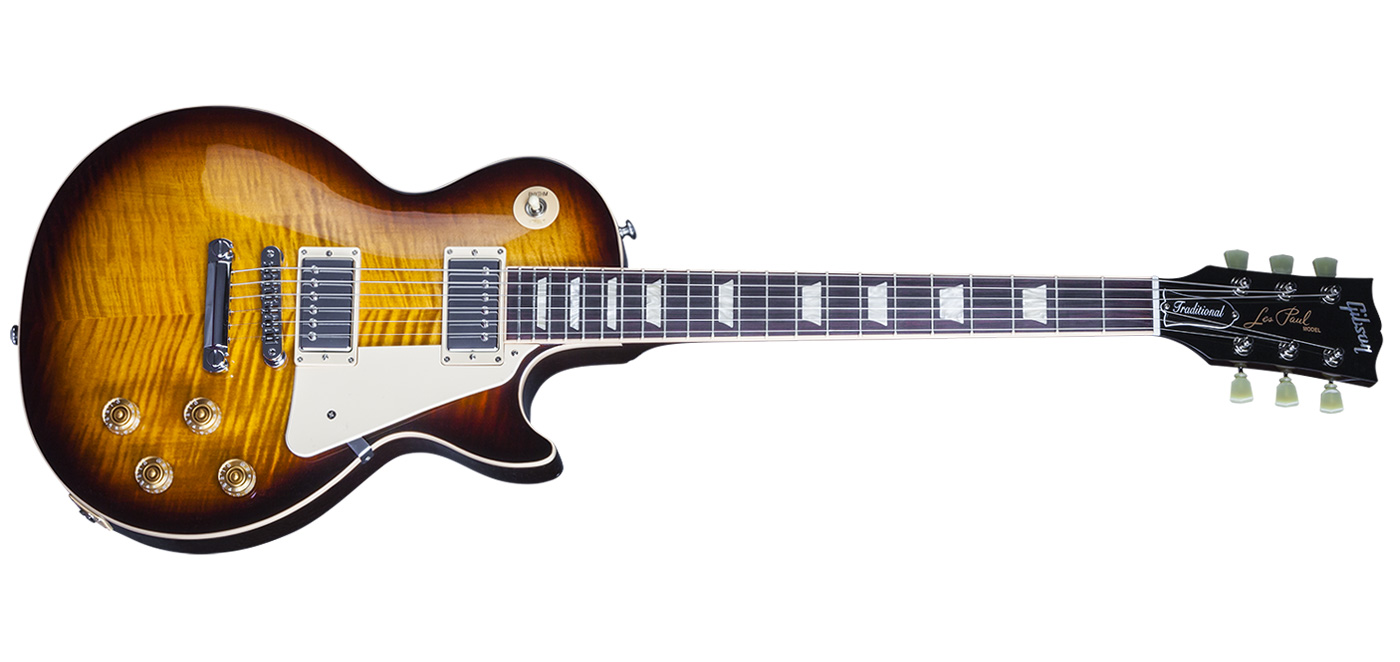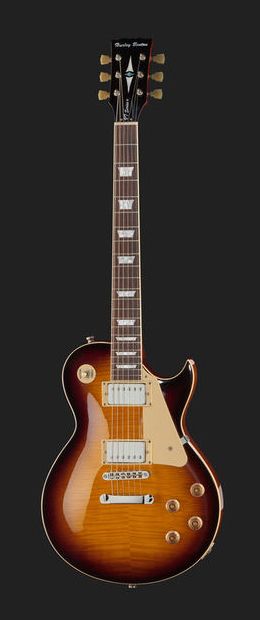I always dread the first close inspection of anything I ordered without having seen it first. Zooming in on every little detail and finding every possible blemish is not being unfair, it's just what you would do anyway. And here I got loads to look at for my -- admittedly little -- money.
Starting with the bridge, which is spec'ed as a "Deluxe Tune-o-matic". It is a ToM alright but what is Deluxe about it I can't tell. The posts are the same simple ones you can only turn with a flat screwdriver, the chrome plating is quite gross, but most importantly the saddles look very rough and they are all slotted to the same gauge.
 |
| Even the low E (.46) doesn't sit snugly, and the high E (.10) is lost in the groove. Nothing Deluxe to me! |
By the way...


















